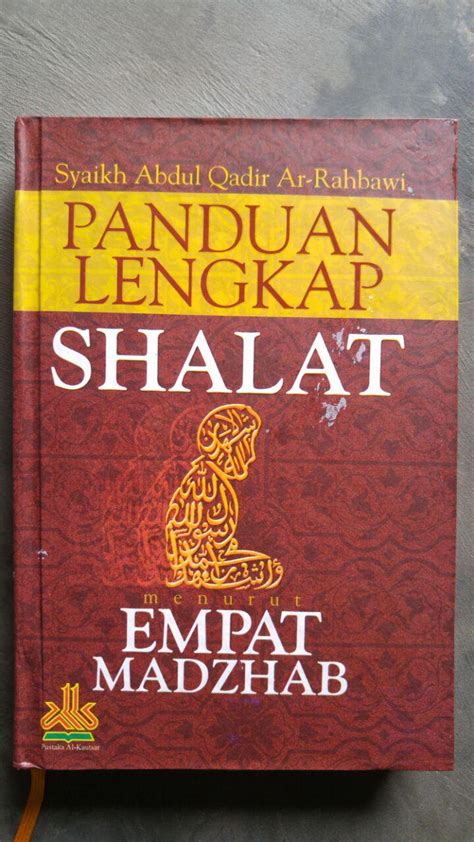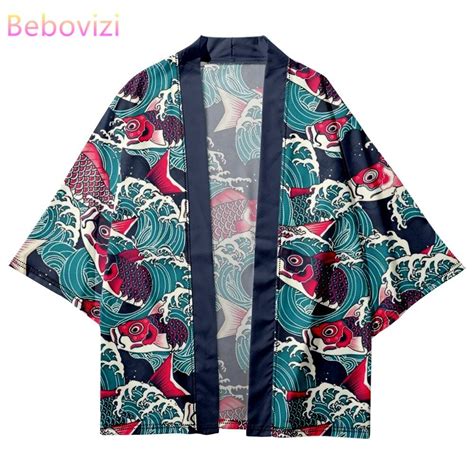The Ultimate Guide to iPhone Chargers: Choosing the Right One for You

`markdown
Preview: Confused about which iPhone charger to buy? This guide breaks down everything you need to know, from wattage to cable types, ensuring you get the best iPhone charger for your needs and budget.
Why Finding the Right iPhone Charger Matters
Your iPhone charger is more important than you might think. Using the wrong charger can not only damage your device's battery but can also lead to slower charging times. With so many options available, it's crucial to understand the different types of chargers and cables to make an informed decision. Let's dive in!
Understanding iPhone Charger Types
What is an iPhone charger?
An iPhone charger consists of two primary components: the wall adapter (power brick) and the cable. The wall adapter converts AC power from your wall outlet into DC power that your iPhone can use. The cable then transfers this power from the adapter to your iPhone. Historically, iPhones used USB-A to Lightning cables, but newer models utilize USB-C to Lightning cables for faster charging.
USB-A vs. USB-C: What's the Difference?
The key difference lies in the connector type and the power delivery capabilities.
- USB-A: The older, rectangular connector. It's widely compatible with older adapters and devices.
- USB-C: The newer, oval-shaped connector. It supports faster data transfer speeds and higher power delivery (Power Delivery or PD), which means faster charging for your iPhone.
- 5W: The standard charger included with older iPhones. Suitable for overnight charging, but very slow.
- 12W: Often included with iPads. Offers slightly faster charging than the 5W charger.
- 20W: The recommended wattage for newer iPhones (iPhone 8 and later) for optimal charging speeds. This provides a significant speed boost compared to older chargers.
- 30W and Higher: Compatible with iPhones, but the iPhone will only draw the power it needs (up to its maximum supported wattage). These chargers are useful if you also need to charge other devices like iPads or MacBooks.
- Compatibility: Ensure the charger is compatible with your iPhone model. Newer iPhones require USB-C to Lightning cables.
- Safety Certifications: Look for certifications like MFi (Made for iPhone/iPad/iPod) to ensure the charger meets Apple's safety and performance standards. Using non-certified chargers can potentially damage your device.
- Charging Speed: Consider the wattage and whether the charger supports fast charging (Power Delivery or PD).
- Cable Length and Durability: Choose a cable length that suits your needs and opt for cables made from durable materials like braided nylon.
- Brand Reputation: Stick to reputable brands known for quality and safety.
- Price: While price is a factor, prioritize safety and performance over the cheapest option.
- Apple 20W USB-C Power Adapter: A reliable and safe option for fast charging.
- Anker PowerPort III Nano 20W: A compact and affordable alternative to the Apple charger.
- Belkin USB-C PD GaN Wall Charger 30W: Offers slightly higher wattage for faster charging of multiple devices.
- Overheating: Can cause damage to your iPhone's battery and internal components.
- Power Surges: Can fry your iPhone's circuitry.
- Fire Hazard: Low-quality components can lead to short circuits and fires.
- Slower Charging Speeds: May not deliver the advertised power output.
The Importance of Wattage
Wattage (W) indicates the amount of power the charger can deliver. Higher wattage generally translates to faster charging. While iPhones can accept higher wattage chargers, they will only draw the amount of power they are designed to handle. For example, an iPhone can safely use a 20W charger, even if it's also compatible with higher wattage chargers like 30W or more.
Choosing the Right Wattage for Your iPhone
Here’s a quick guide to choosing the appropriate wattage for your iPhone:
Key Features to Consider When Buying an iPhone Charger
When selecting an iPhone charger, keep these features in mind:
Top Rated iPhone Chargers
Why Avoid Cheap, Uncertified Chargers
Cheap, uncertified iPhone chargers may seem tempting, but they often pose significant risks:
Internal Linking
You can also refer to our article on Troubleshooting iPhone Battery Issues to further improve your understanding of battery health in relation to chargers.
iPhone Charger FAQs
Q: What wattage iPhone charger is best?
A: For most iPhones (iPhone 8 and later), a 20W iPhone charger is the optimal choice for fast charging without exceeding the iPhone's power requirements.
Q: Can I use a higher wattage charger on my iPhone?
A: Yes, you can safely use a higher wattage charger (e.g., 30W, 65W) with your iPhone. The iPhone will only draw the amount of power it's designed to handle.
Q: Is it safe to use a non-Apple iPhone charger?
A: Yes, but ensure it's from a reputable brand and has MFi certification to guarantee safety and compatibility.
Q: How can I tell if my iPhone charger is MFi certified?
A: Look for the MFi logo (Made for iPhone/iPad/iPod) on the packaging or product listing.
Q: Will using a fast charger damage my iPhone's battery?
A: No, using a fast charger (like a 20W charger) won't damage your iPhone's battery as long as it's a certified and reputable charger. iPhones have built-in protection mechanisms to prevent overcharging and overheating.
Conclusion
Choosing the right iPhone charger is essential for optimal charging speeds, battery health, and safety. By understanding the different types of chargers, wattage requirements, and key features, you can make an informed decision and keep your iPhone powered up safely and efficiently. Always prioritize quality and safety over price when selecting an iPhone charger.
`





